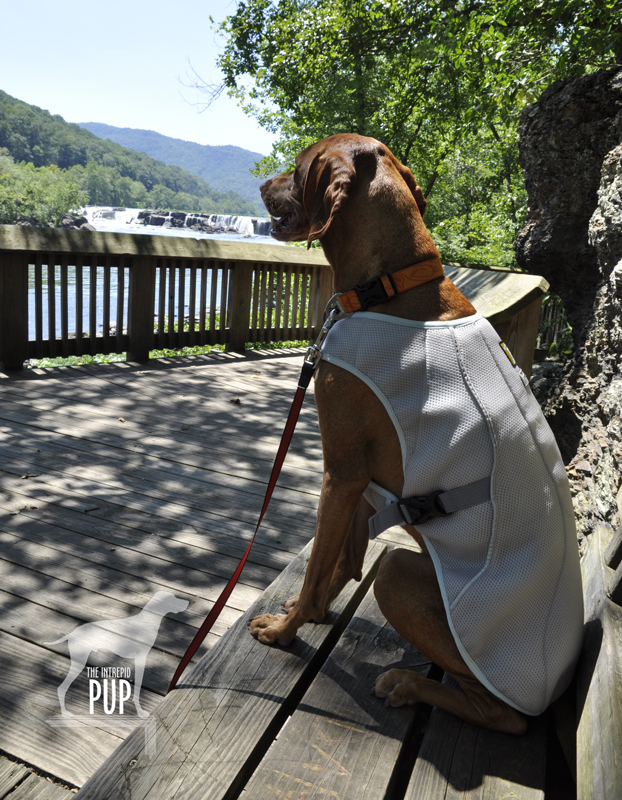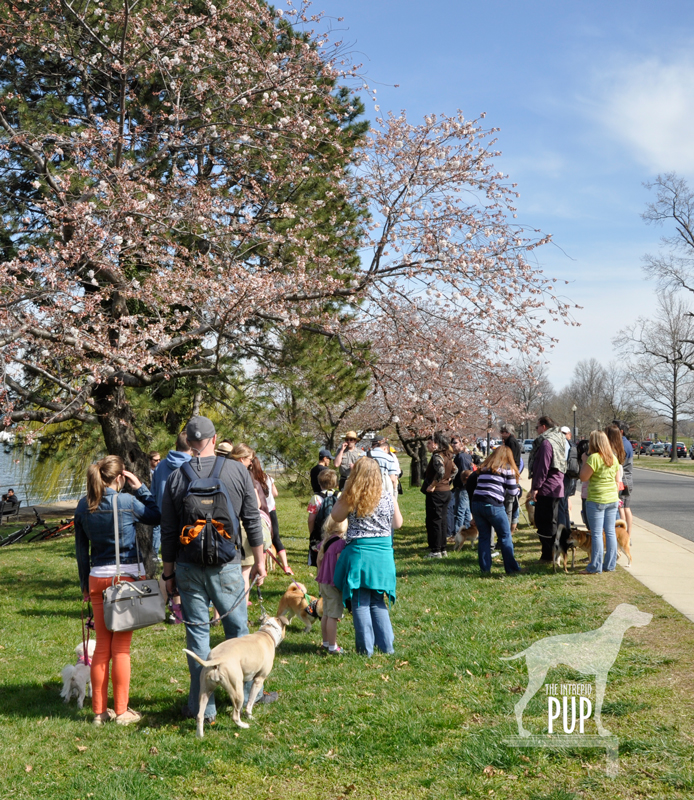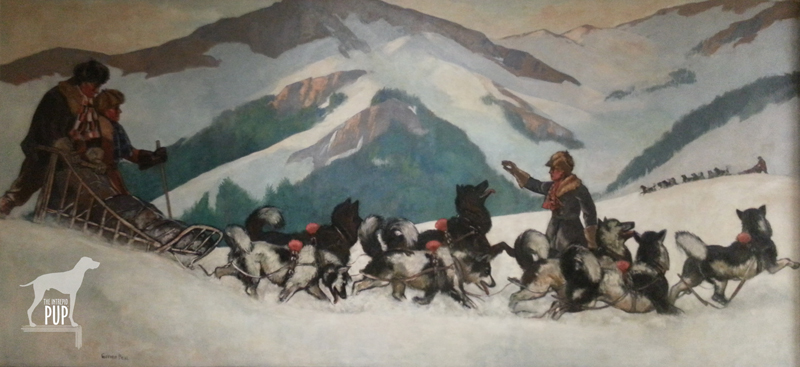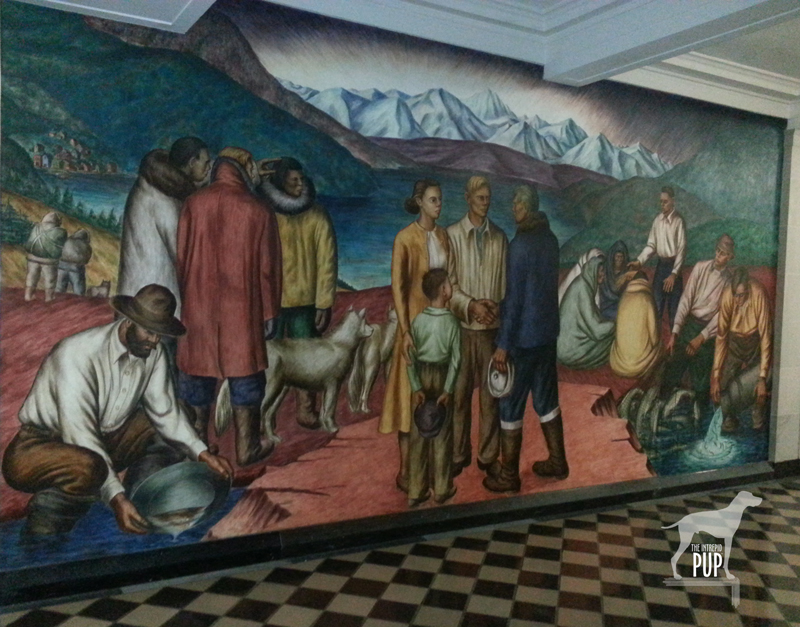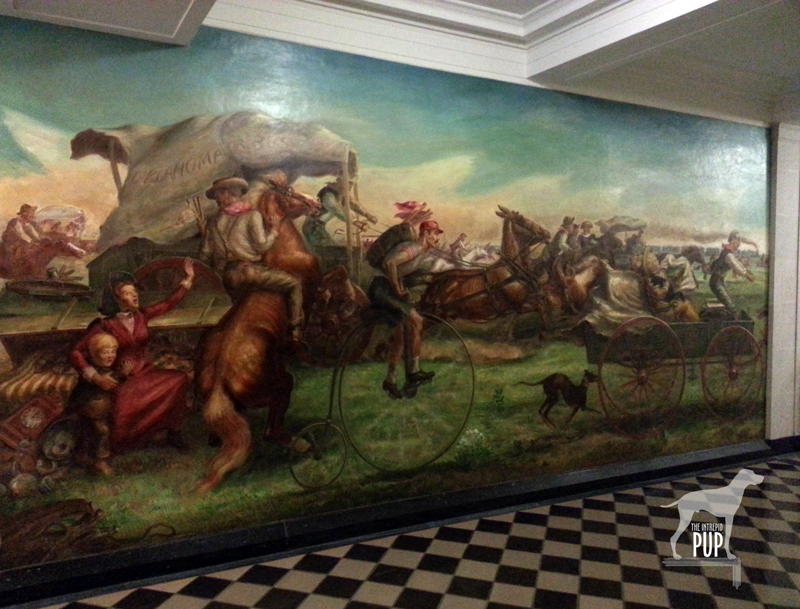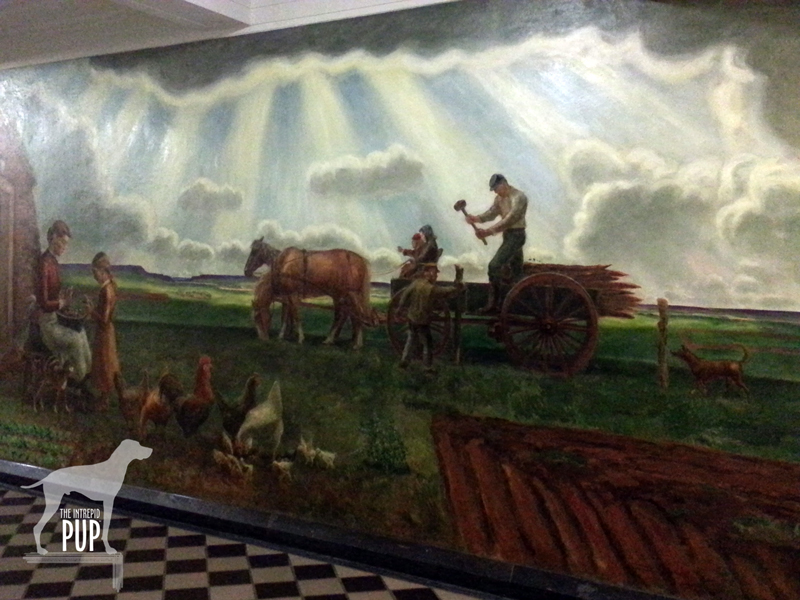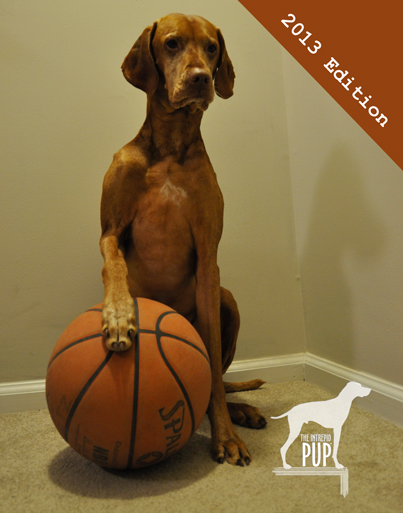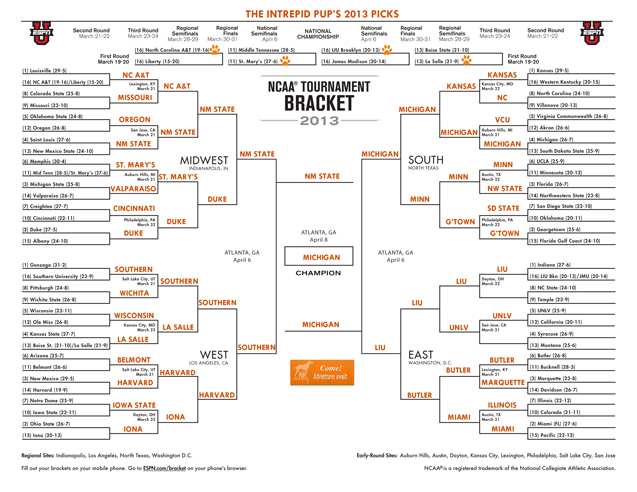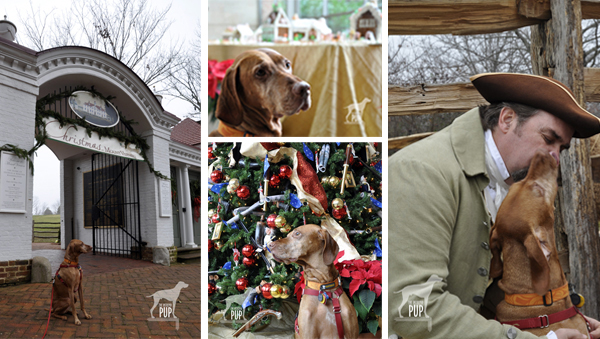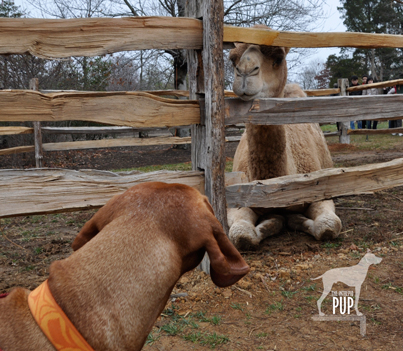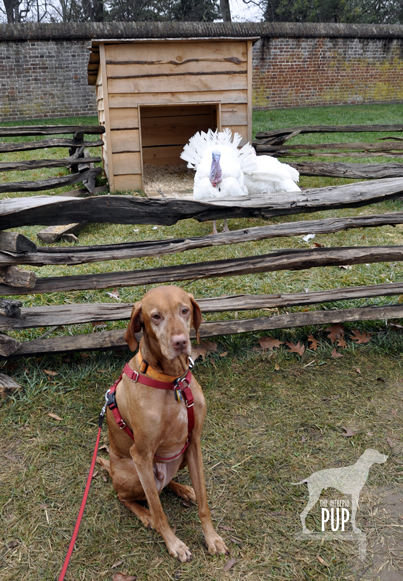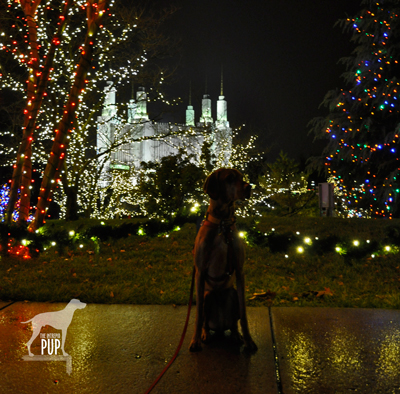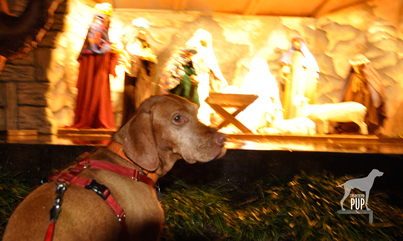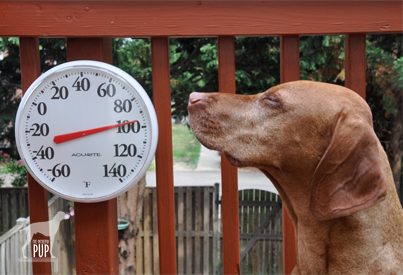
Maybe when I open my eyes that thermometer won’t still read 100 degrees!
Summer is almost here, and—for us, anyway—that means it’s going to get HOT. Hot, as in: 80° at 7AM and with the heat index frequently topping 100. You get the idea. And, oh, the humidity! Truth be told, there’ll be days the air quality won’t be fit for man nor beast, and all are advised to “stay indoors and keep activity to a minimum.” Yeah, well, um, try telling that to a vizsla.
Yet while Tavish may be the Intrepid Pup, he fades quickly in the heat. But he also goes completely bonkers if he doesn’t spend some time outside every day, so there’s got to be a happy medium during the dog days of summer, right?
Hydration is of course always critical, but for years we of Team Tavish have experimented with various additional ways of keeping Tavish cool:
- Oceans/ponds/streams: Yep, he loves ’em all, but they’re not always close by when you need them.
- Spray bottles: Tavish thinks it’s grand to be misted while out on a walk. . . but then he’s a very wet dog.
- Cooling bandannas: You’ve seen the various kinds with the gel beads that you wet and put in the fridge or freezer? We truly had high hopes for one we’d purchased awhile back, and it really had promise. . . until it encountered our region’s special brand of humidity. We followed all the instructions, but the gel beads apparently went into overdrive, and the bandanna swelled up so much that we initially couldn’t even velcro it around Tavish’s neck! When we finally could, poor Tavish looked like he was in traction wearing a neck brace. He gave us those puppy eyes and couldn’t turn his head. Off it came. *Sigh*
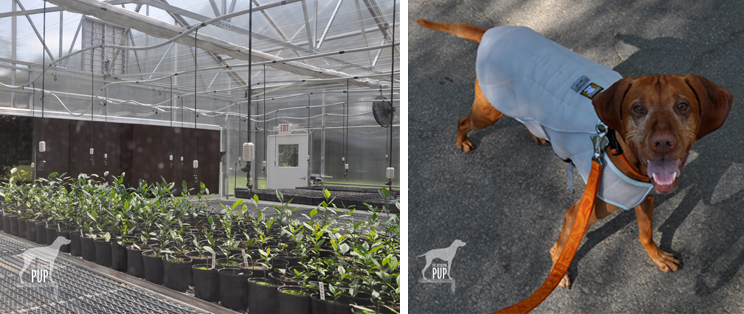
“T” is for tea leaves and Tavish–all made more comfortable via the evaporative properties of a swamp cooler. Pictured at left is an industrial swamp cooler we noticed in use at the Charleston Tea Plantation on Wadmalaw Island, South Carolina, to keep conditions in the greenhouse consistent and just right for young tea plants. Pictured above at right is the Ruffwear Swamp Cooler ™ vest keeping Tavish one cool Intrepid Pup in Virginia.
So. . . cue the Swamp Cooler ™ vest, a relatively new product from Ruffwear, the well-known Oregon-based manufacturer of performance dog gear. Full disclosure here: Ruffwear contacted Team Tavish last year after IntrepidPup.com won “Best New Blog” in the BlogPaws 2012 “Nose to Nose Awards,” wondered if we’d be interested in trying out this product (no strings attached), and sent us one. It turns out we’ve independently been very happy Ruffwear customers and have purchased several of their products (leashes, collars, and a pack) over the years. Since Ruffwear’s commitment to “active outdoor dogs” really resonates with the Intrepid Pup, we welcomed the opportunity to test the vest.
Originally being from coastal Maine—where high heat and humidity is kind of an alien notion—Tavish wasn’t familiar with the magical properties of the swamp coolers all you folks in the southwest have been enjoying for ages. For those not already in the know, a swamp cooler is a fairly low-tech device that works by moving hot dry air over water (or through water-soaked material), setting up an evaporation process that results in cooling. Ruffwear has managed to translate the concept into a three-ply breathable vest for dogs.
Sizing & Appearance
As a 42-lb. vizsla, Tavish’s slight build and a deep chest often makes sizing problematic. Pay attention to the recommended fit measurements on many dog products, and we humorously wind up with stuff clearly intended for much smaller breeds. Go by weight or girth, and Tavish ends up swimming in the “big dog” sizes. So when we find something that fits the Intrepid Pup appropriately, it’s pretty darn exciting! Tavish went with a size medium Swamp Cooler™ that proved to be the perfect fit, affording maximum coverage of his topside while remaining lightweight and providing ample flexibility and range of motion. It’s an easy on-off with side buckles. Tavish took to it immediately. No squirming here!
The vest only comes in a color officially listed as “graphite gray,” a light, icy blue intentionally selected to reflect the sun’s rays and help keep your dog even cooler. While it’s not necessarily a color you’d pick otherwise, hey, this is about staying cool and not about runway fashion.
Performance
Counter-intuitive though you think it might be to put a vest on your dog in the middle of summer (yes, anticipate the occasional quizzical look from passersby). . . think again! Simply douse the Swamp Cooler™ vest in cool water, gently wring it out so it’s not dripping, and put it on your dog!
Our first test of the vest was on an afternoon last July. It was an exceptionally muggy 100° at 4PM. Lovely. Because it’s the Intrepid Pup, you just know our “proving ground” had to be someplace of historical interest, so we headed for picturesque Fort Ward in northern Virginia. It dates to 1861 and was built as one among several forts defending the nation’s capital during the Civil War. Today it’s part of a city park with a 0.6-mile loop road favored by joggers and dog walkers alike. When the temps aren’t akin to being inside a convection oven, Tavish is game for as many laps on this loop road as we are with no problem. In several previous late-day attempts without the Swamp Cooler™ vest, however, Tavish wasn’t even making it 1 full lap before pulling his impression of a mule and opting out in favor of a shade tree. What happened that afternoon? On went the vest, and off went Tavish! He did nearly 3 laps before calling it quits. Ok, so this isn’t as “scientific” as laboratory testing, but in our book, the Swamp Cooler™ vest bumped up Tavish’s staying power roughly 150%. He panted but was never in distress, and his skin remained cool to the touch. Depending on the temperature, you’ll find as we did that while the vest’s top waffle-weave layer will dry out and you may need to re-wet it, the middle and inner layers will absorb water and take on the workload of transferring the cooling effect to your dog.
The vest appears well-designed and sewn, and another nice touch is that it includes reflective trim for low-light visibility. There’s also a fabric loop on top near the neckline for attaching a beacon or other lightweight item. Our one suggestion would be to move that feature further back on the vest and perhaps switch it to a durable metal ring so it could double as leash attachment.
The Swamp Cooler™ vest performed respectably in high humidity and predictably did even better when it was hot and dry–as it was the afternoon we took to the trails and boardwalk at Sandstone Falls in West Virginia’s New River Gorge National River recreation area.
Overall Assessment
The Swamp Cooler™ vest retails for approximately $54.95. For many dog owners, that may not constitute an impulse purchase, but it is ultimately reasonably priced for an accessory that works as advertised, fits comfortably, and is well-made.
Remember that—like any swamp cooler—the Swamp Cooler™ vest works optimally in a dry heat. While high humidity will diminish the vest’s effectiveness, we’ve witnessed Tavish reaping measurable returns even on muggy days.
When it becomes simply too hot, you’ll find Intrepid Pup inside or in the shade with a big bowl of water. But for all those other times when some extra cooling comfort makes all the difference in being able to get Tavish out and about without bonking on the trail, we’re going with Ruffwear’s Swamp Cooler™ vest all the way. We have several outdoor adventures planned for over the summer, and you can be sure our Swamp Cooler™ vest will be the go-to accessory when we’re on the go!

